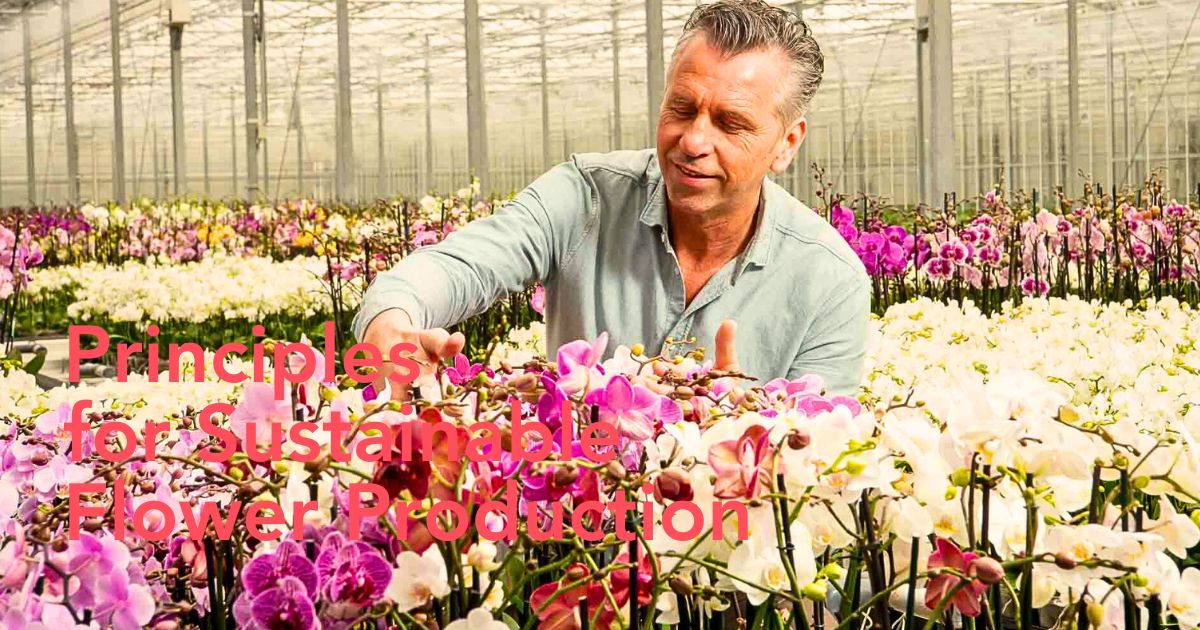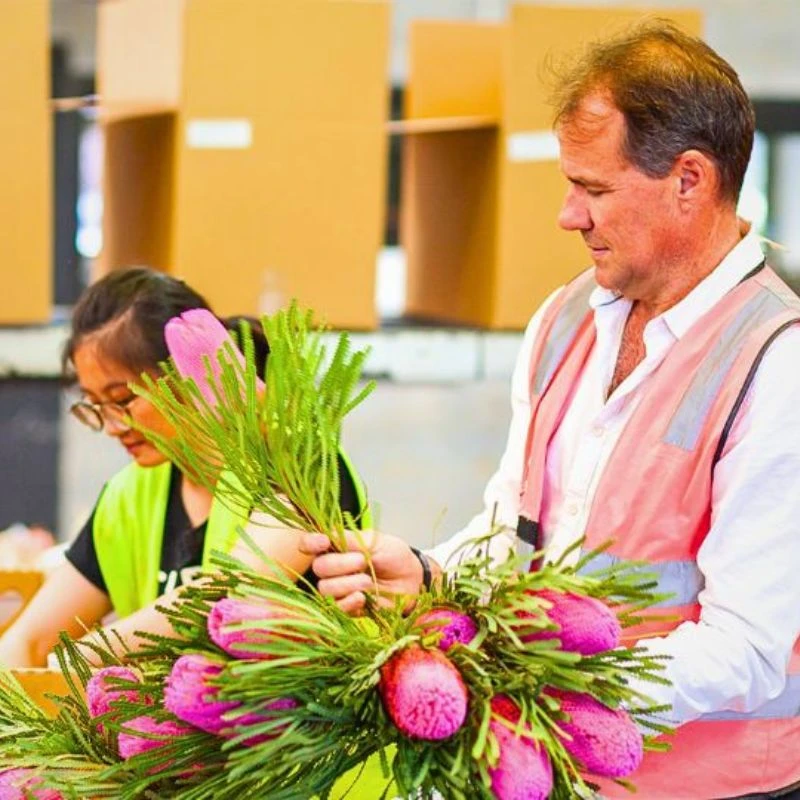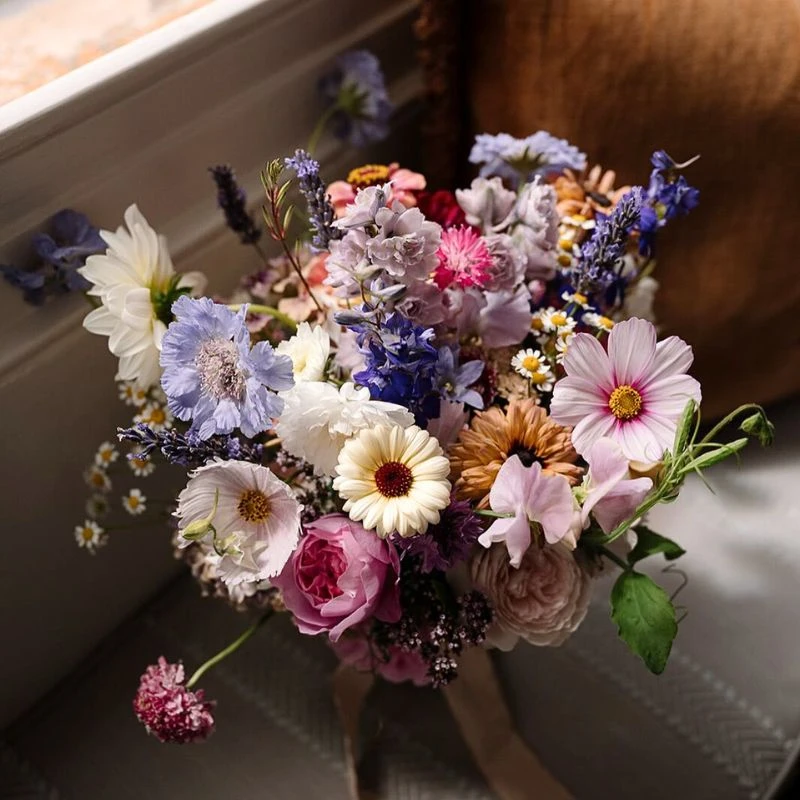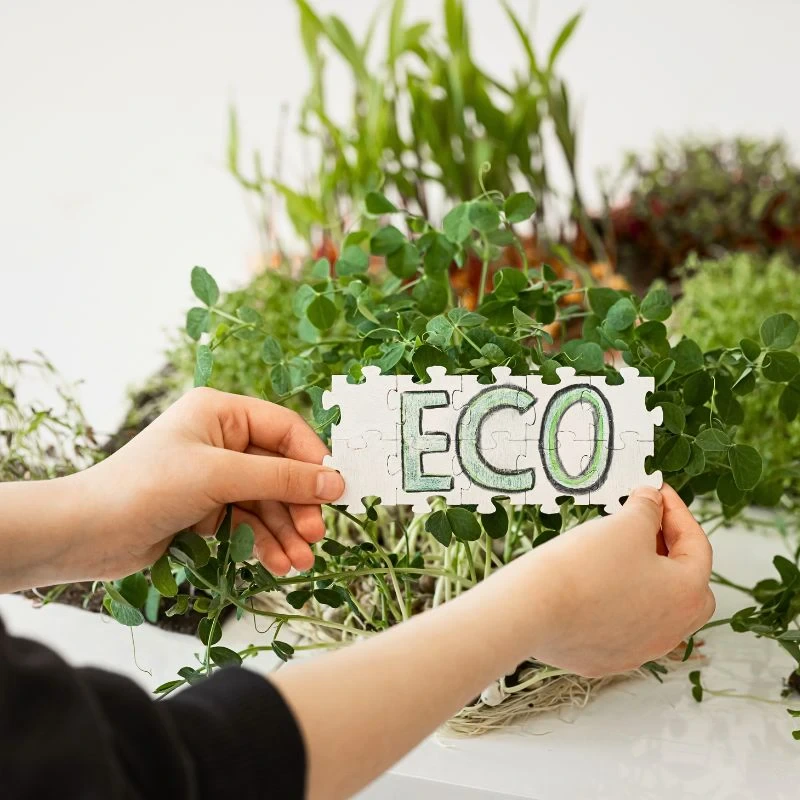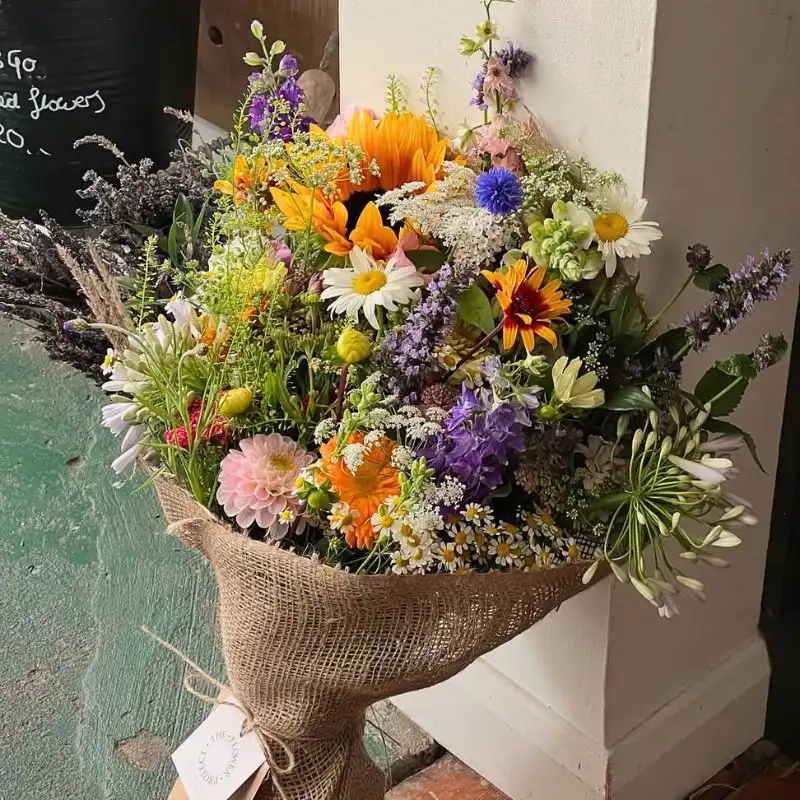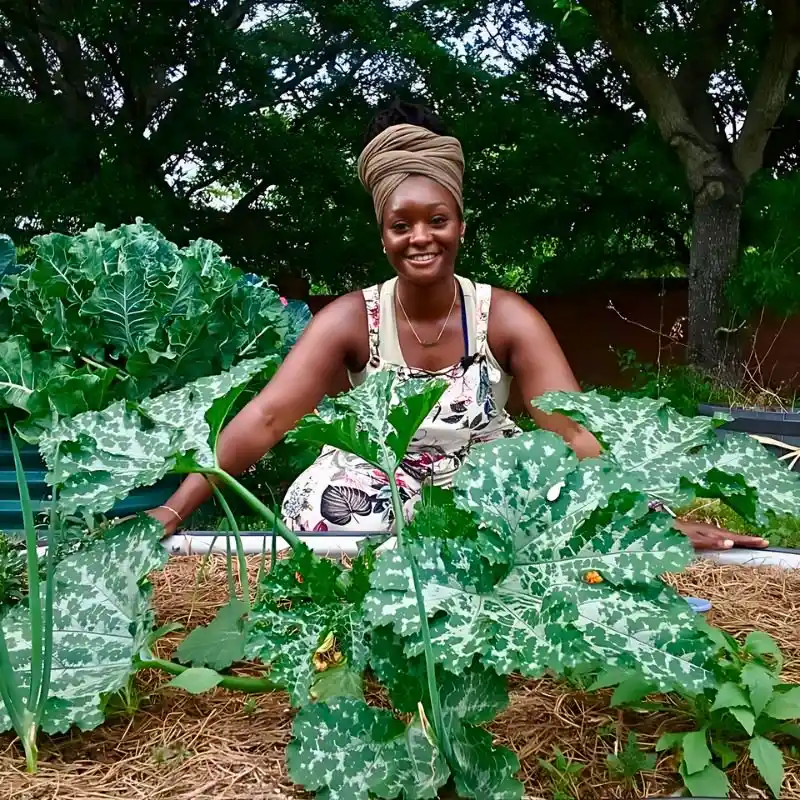Valued at more than $60 billion annually, the floriculture industry, known for everything floral, has, for the most part, faced increasing scrutiny to balance its aesthetic innovation with environmental and social responsibility. Essentially, the industry’s pursuit of beauty and economic gain is required to balance with responsible environmental and social practices.
This is where Good Agricultural Practices (GAP) come into play. They offer a framework for sustainably and ethically producing flowers and ornamentals. In essence, GAPs are the nucleus that provides the required flower production equilibrium, giving the industry the right approach for sustainable floriculture. These practices, rooted in scientific rigor and ethical environmental and social management, address the often interconnected challenges of resource efficiency, ecological preservation, and human welfare across the floriculture supply chain. They are essential for ensuring that cultivating flowers and ornamental plants minimizes negative impacts on the environment and society.
Understanding the Foundational Principles of Floriculture GAP
In their wide spectrum, Good Agricultural Practices are principles designed to optimize agricultural production while minimizing environmental degradation, ensuring food safety, and promoting social equity. However, in floriculture, GAP extends beyond traditional farming to address the unique challenges of growing flowers and ornamental plants, ranging from high pesticide use in greenhouses to water-intensive irrigation systems. These practices emphasize a comprehensive approach, integrating ecological management, economic viability, and fair labor practices into every stage of floriculture production.
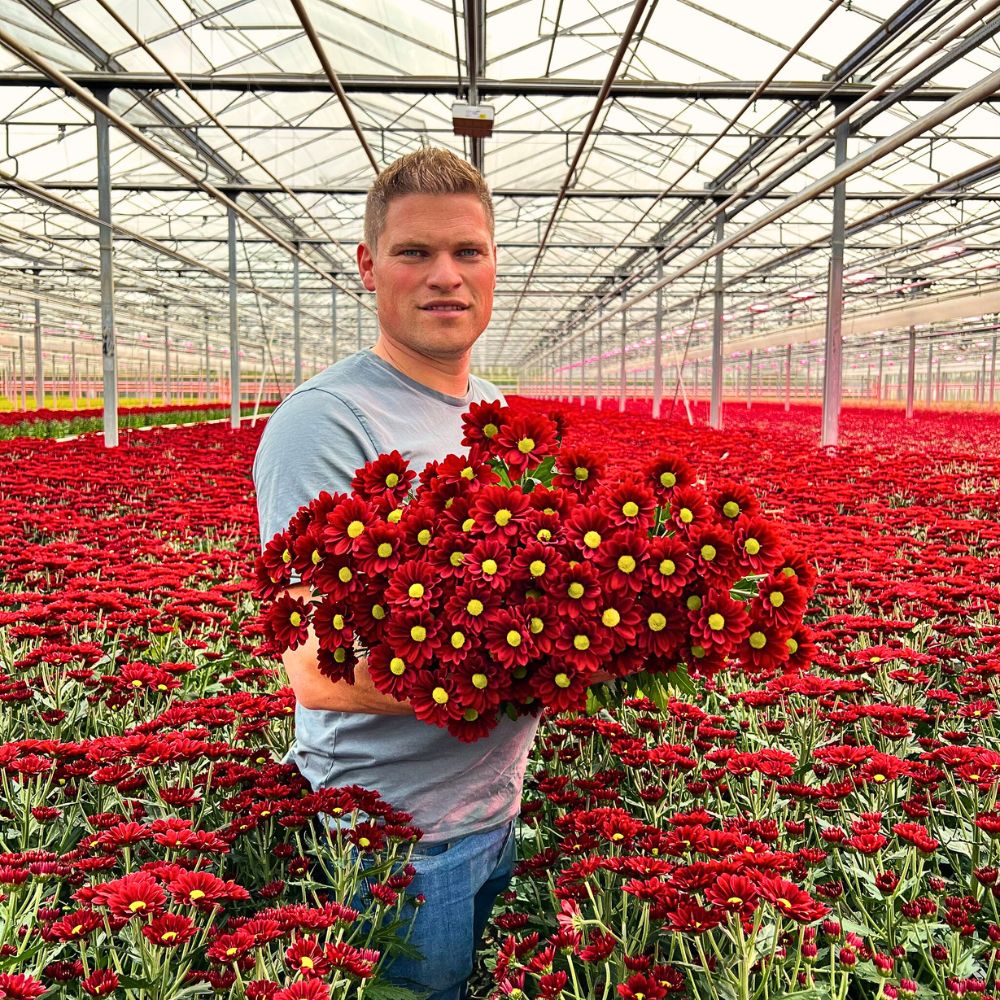
The European Retail Protocol for Flowers and Ornamentals (EUREPGAP) is one of the institutions that establishes the benchmark for these practices, emphasizing approaches like integrated pest management (IPM) and integrated crop management (ICM) systems that reduce agrochemical dependency. This philosophy extends beyond mere compliance. It requires growers to implement cultivation strategies that actively protect and regenerate natural resources rather than simply minimizing harm.
Soil management forms the bedrock of sustainable floriculture; thus, for the most part, GAP in floriculture prioritizes soil health. Its protocols mandate practices like minimal tillage to prevent erosion and compaction. Growers are also encouraged to adopt crop rotation, cover cropping, and organic amendments to maintain soil fertility and structure, all of which not only enhance plant resilience but also reduce reliance on synthetic fertilizers, which can leach into waterways and disrupt aquatic ecosystems.

Progressive flower farms, as a result, often employ applications like substrate analysis tools to tailor organic amendments, balancing nutrient delivery with microbial biodiversity conservation. The Kenya Flower Council (KFC) certification scheme exemplifies these, among other approaches, oftentimes requiring member growers to document their activities, such as soil health interventions and exploring alternatives to chemical fumigants through crop rotation and disease-resistant cultivars. Such measures preserve arable land and also enhance carbon sequestration potential in flower-growing regions.
Environmental protection is also a key element of GAP in floriculture and prioritizes the minimization of the use of water and energy, reducing greenhouse gas emissions, and protecting biodiversity. GAP encourages the use of renewable energy sources, such as solar power, and promotes practices that sequester carbon in the soil. It also emphasizes the importance of protecting natural habitats and wildlife on and around floriculture farms, as well as neighboring water systems.
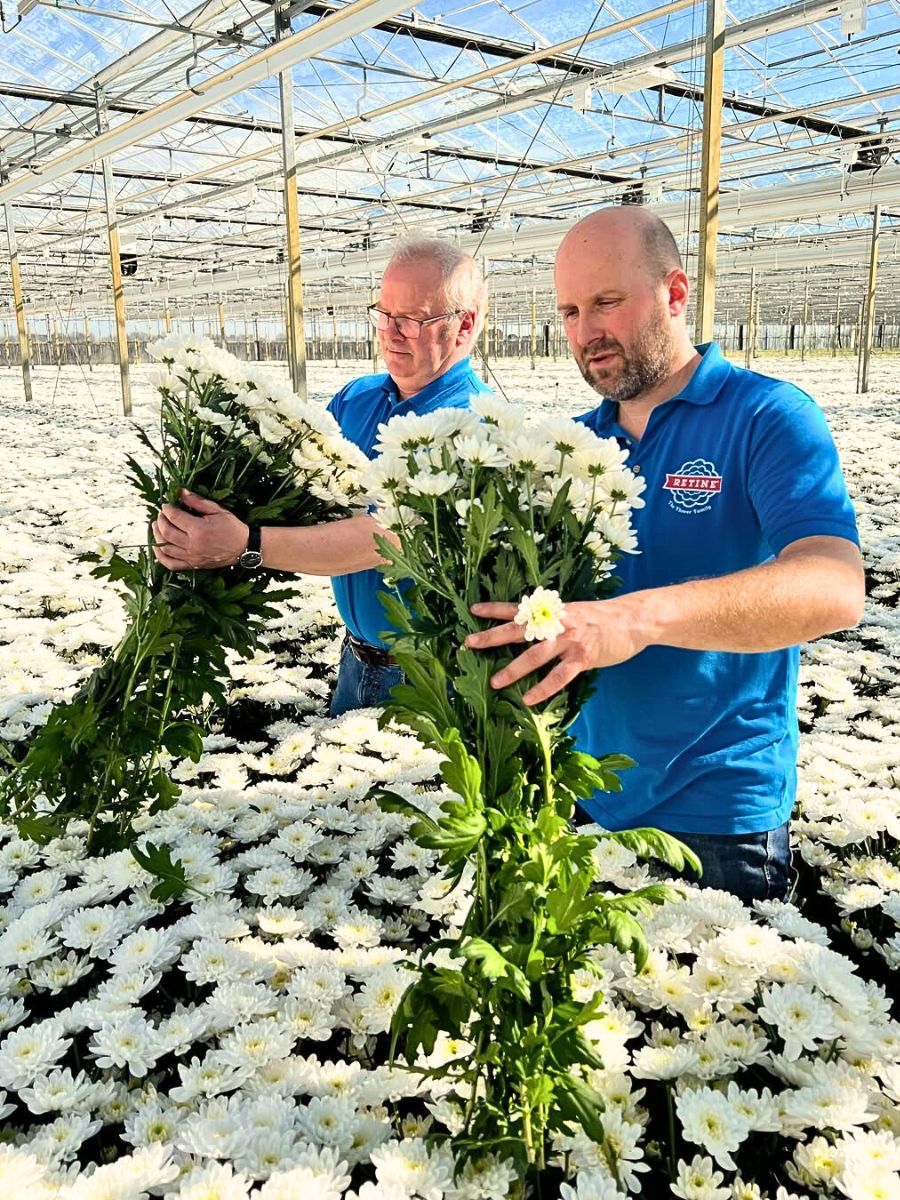
Water management represents another critical pillar of GAP. Floriculture requires precise irrigation to maintain the aesthetic quality of flowers. Overwatering can deplete local water resources and contribute to salinization. GAP, therefore, advocates for technologies like closed-loop irrigation systems, real-time moisture monitoring sensors, drip irrigation, and rainwater harvesting to optimize water use. MPS's Floriculture Sustainability Initiative (FSI) 2025 standards also advocate for water recycling protocols that achieve up to 90% reuse rates in greenhouse operations, which significantly reduce extraction from vulnerable watersheds.
Even more, advanced operations now integrate sensor-based irrigation with rainwater harvesting infrastructure, creating climate-resilient production systems that buffer against drought cycles. In regions like Eastern Africa, where water scarcity sometimes threatens both ecosystems and communities, such practices are vital for long-term floriculture sustainability.
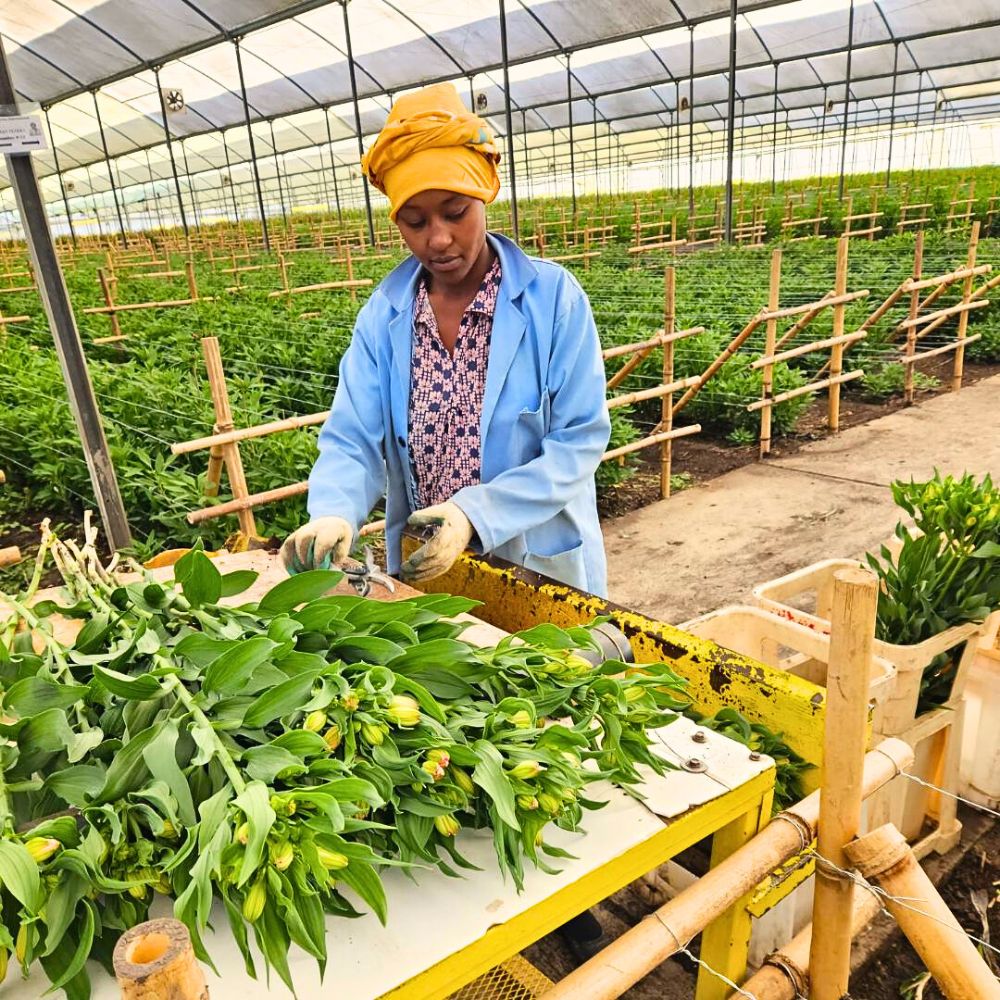
Pest and disease management is a major challenge in floriculture, where plants and flowers are often grown in intensive systems and are susceptible to a variety of pests and diseases. While the industry has historically relied on chemical pesticides, these pose risks to pollinators, workers, and consumers. GAP, therefore, advocates for IPM, a strategy that prioritizes preventative measures and biological control methods over synthetic pesticides. IPM combines biological controls such as predatory insects, cultural practices like selective pruning, and minimal targeted pesticide use. It involves careful monitoring of pest populations, the use of beneficial insects and microorganisms, and the application of pesticides only as a last resort, and then in a targeted and responsible manner.
When pesticides are necessary, GAP emphasizes the selection of products with low toxicity and environmental impact, as well as proper handling, storage, and application of these chemicals. The approach reduces harmful residues on flowers, protects biodiversity, and mitigates pesticide resistance, which is a growing concern in industrial agriculture.
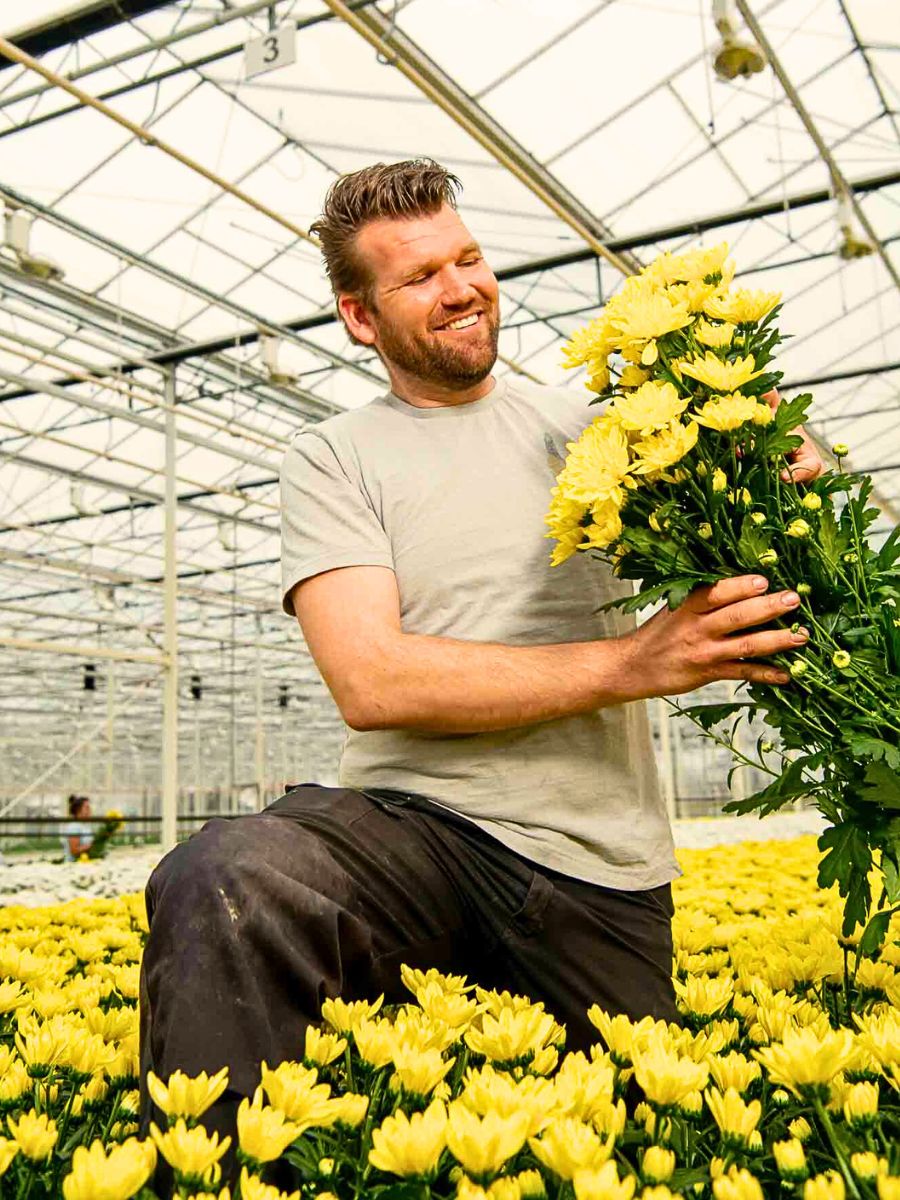
Further, worker welfare is another integral part of GAP. Floriculture operations must ensure fair wages, safe working conditions, and access to healthcare and other societal amenities for their employees. Such incorporates providing adequate training on pesticide handling, equipment operation, and other safety procedures. It also addresses issues like child labor and forced labor, which promote ethical labor practices throughout the supply chain.
Then, there is the element of post-harvest handling and transportation, which is also covered by GAP guidelines. Proper cooling, storage, and packaging are essential to maintaining the quality and freshness of flowers and ornamental plants. Good agricultural practices also address issues like traceability, guaranteeing that floral products can be traced back to their source in case of any quality or safety concerns.
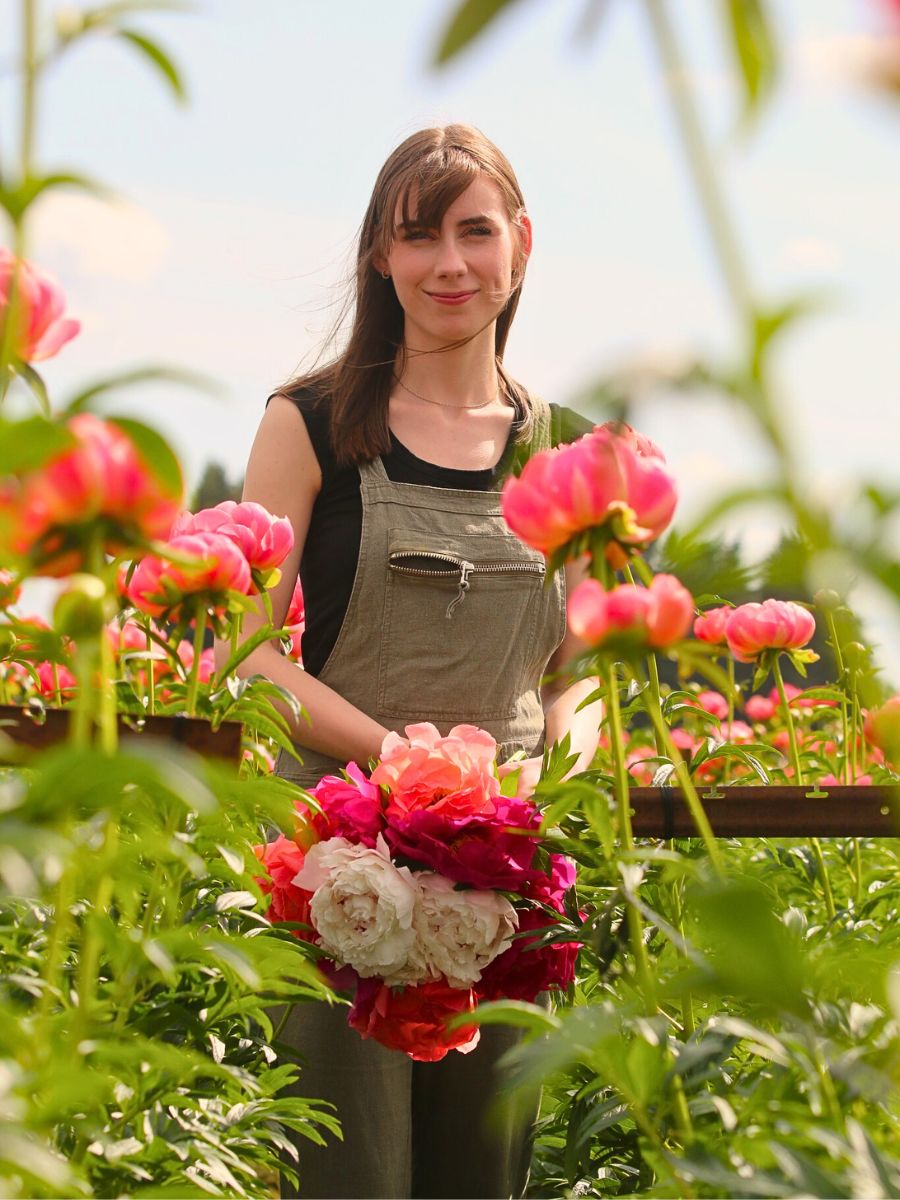
Implementing Good Agricultural Practices in Floriculture
Successful adoption of GAP in floriculture hinges on factors like education, infrastructure, and collaboration. Many small-scale flower growers, particularly in developing nations, often lack access to training or resources to implement sustainable practices. Different agencies, like Sustainabloom and other private sector stakeholders, play a key role in bridging this gap. For example, the Food and Agriculture Organization (FAO) and national agricultural extensions often conduct workshops on IPM, water-efficient technologies, and organic certification processes, though these are often centered on GAPs in food crop production.
For the floriculture industry, certification programs are the substance of GAP implementation. Standards such as GlobalGAP, Florverde Sustainable Flowers (FSF), KFC’s Flowers and Ornamental Sustainability Standard (F.O.S.S.), popularly known as KFC Silver, Rainforest Alliance, and Fairtrade, among others, provide frameworks for growers to adhere to environmental and social criteria.

Through its frameworks, FSF has, for instance, helped more than 200 flower farms in South America adopt sustainable practices, which has, in turn, reduced their environmental and social footprint while improving their market access. But such certifications often require third-party audits, ensuring compliance with metrics like reduced water and environmental management, pesticide use, fair wages, and safe working conditions.
Some of these certification bodies, however, offer combined audits that align local regulations with international benchmarks, such as Fair Flowers Fair Plants (FFP). These hybrid verification processes reduce compliance burdens for exporters while ensuring adherence to diverse market requirements by creating a unified standard for both domestic and international flower markets.
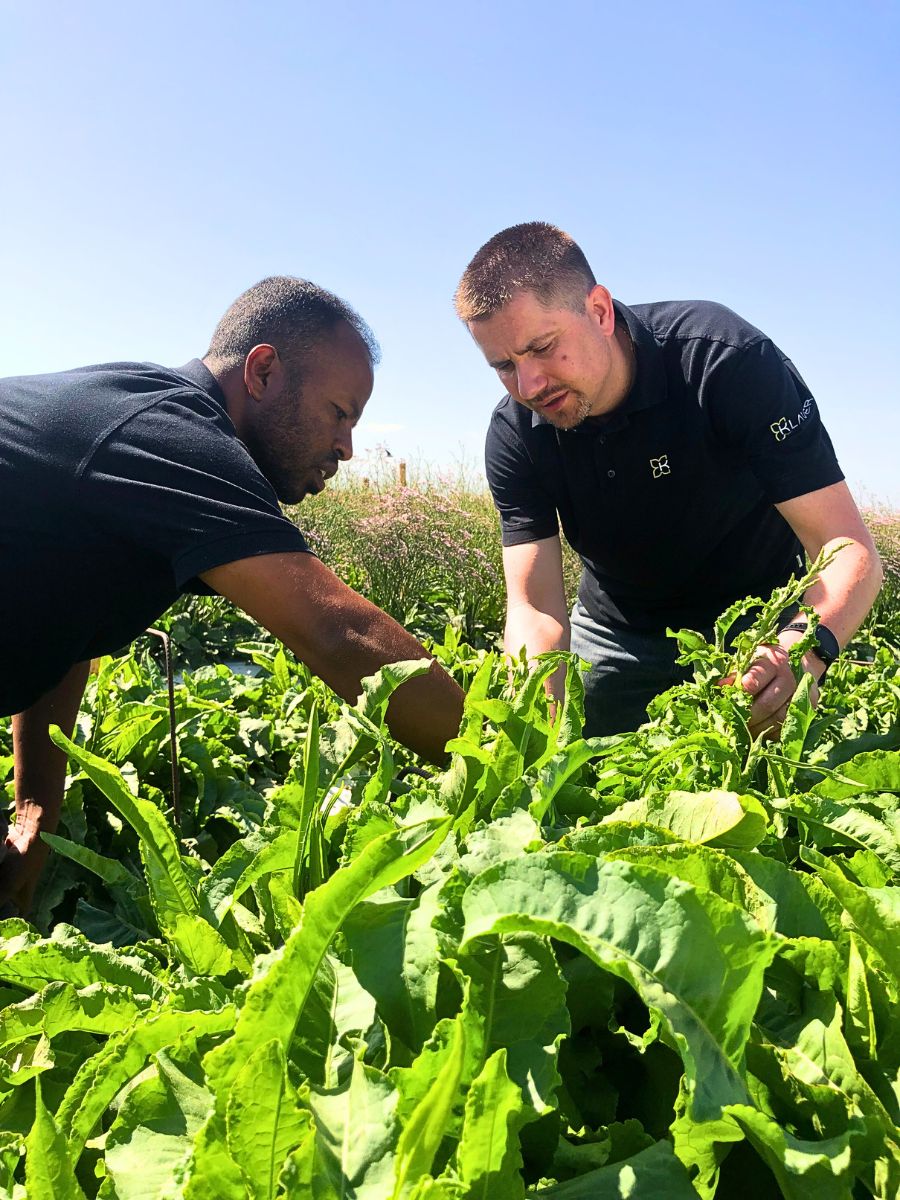
Technology also drives GAP adoption. Precision agriculture tools—including satellite imaging, soil sensors, and automated irrigation systems—enable growers to monitor their flower crop health and resource use in real time. In the Netherlands, which is a global leader in floriculture, greenhouses equipped with AI-driven climate control systems optimize conditions like temperature, humidity, and light exposure, cutting energy use and carbon emissions. Such innovations enhance efficiency while aligning with consumer demand for sustainably produced flowers.
Why GAPs Matter in Floriculture
The importance of GAP in floriculture goes beyond mere industry ideals. It offers benefits for the good of the planet and human well-being. Environmentally, GAP-driven sustainable practices mitigate the sector’s contribution to climate change. Conventional flower farming, which sometimes relies on fossil fuels for heating greenhouses and transporting flowers, generates significant carbon emissions. GAP-compliant farms, by contrast, increasingly use renewable energy, energy-efficient technologies, and local distribution networks to reduce their carbon footprint.

Biodiversity conservation is another critical outcome. Floriculture farms often encroach on natural habitats, particularly in biodiverse regions like the Andes or the African savannah. Adhering to floriculture GAP means growers can preserve surrounding ecosystems through buffer zones, native plant integration, and avoidance of invasive species. In some areas, growers even incorporate wildlife corridors, allowing pollinators and native fauna to thrive alongside cultivated fields.
Socially, GAP safeguards the rights and health of workers. The floriculture industry employs hundreds of thousands globally. Sometimes, they face exposure to hazardous chemicals, long hours, and inadequate pay. Worker welfare provisions within GAP standards address such historical labor challenges in floriculture, where up to 68% of field workers previously lacked essentials like adequate protective equipment. GAP standards address these issues by mandating protective gear, restricted handling of pesticides, and fair labor contracts. In Ethiopia and other flower-growing countries, Fairtrade-certified flower farms have established health clinics and schools for workers’ families, which demonstrates how ethical practices uplift and safeguard entire communities.
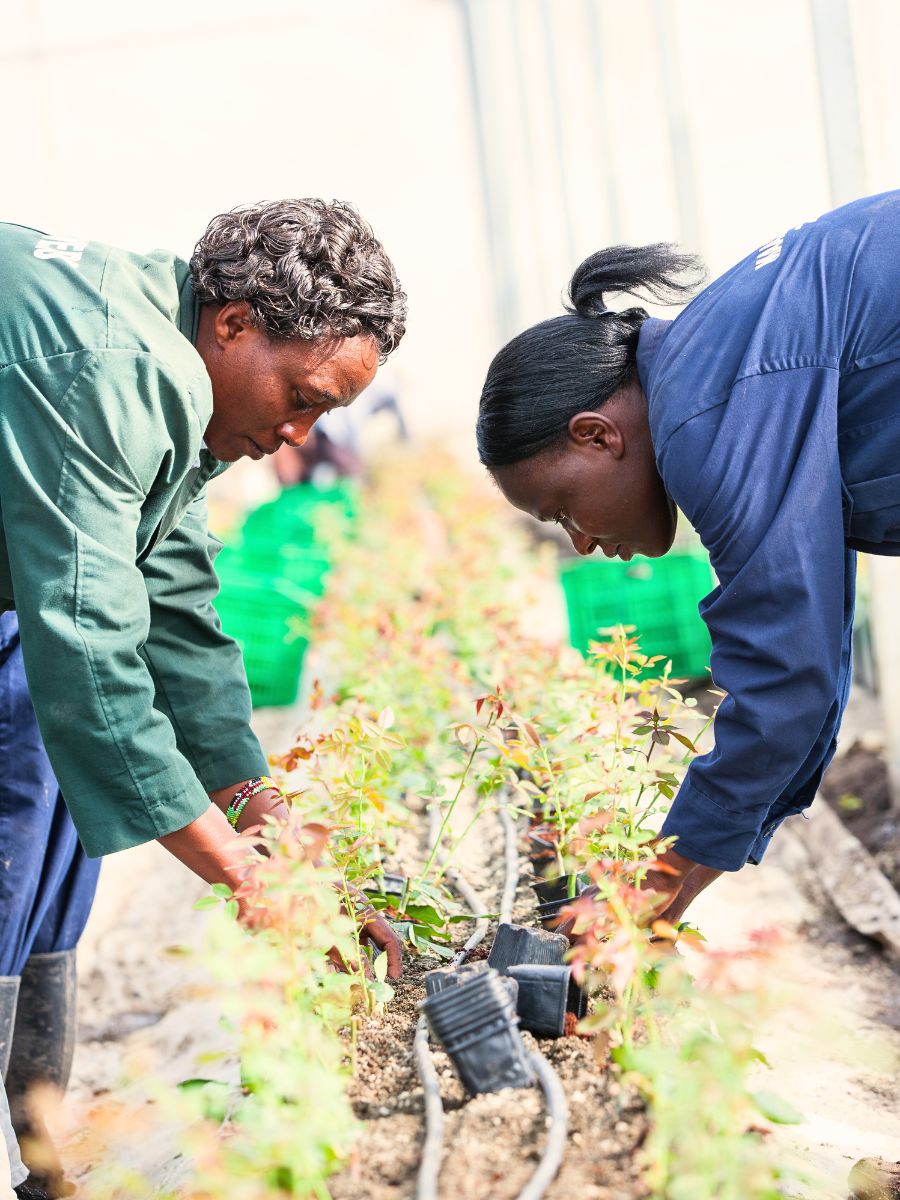
GlobalGAP’s Integrated Farm Assurance (IFA) v6 standard, on the other hand, enforces strict occupational safety protocols, requiring documented training programs on pesticide handling, ergonomic harvesting techniques, and grievance redress mechanisms. The IFA standard provides the most comprehensive implementation blueprint, covering critical control points from nursery propagation to postharvest handling, and adopts a risk-based approach, requiring producers to maintain digital traceability systems that track everything from input usage to worker welfare and training records and waste management metrics across production batches. As a result, many flower farms report benefits like significantly fewer workplace injuries following such certifications. Gender equity programs are also increasing female leadership roles.

Economically, GAP enhances the resilience of floriculture businesses. Climate change poses escalating risks—from erratic rainfall to pest outbreaks—that threaten floriculture yields. Sustainable practices like water harvesting and IPM build adaptive capacities, ensuring that floriculture farms remain productive even amid environmental shocks. Moreover, certification opens doors to lucrative markets, especially in Europe and North America, where consumers increasingly prioritize sustainability and demand transparency; thus, retailers and florists are compelled to source responsibly. For countries like Kenya, Ethiopia, Ecuador, Colombia, and several others across the world where horticulture and floriculture are major export industries, Good Agricultural Practices are more than just an ecological imperative; they are the substance of their economic lifelines.
Feature and header images by Decorum.

